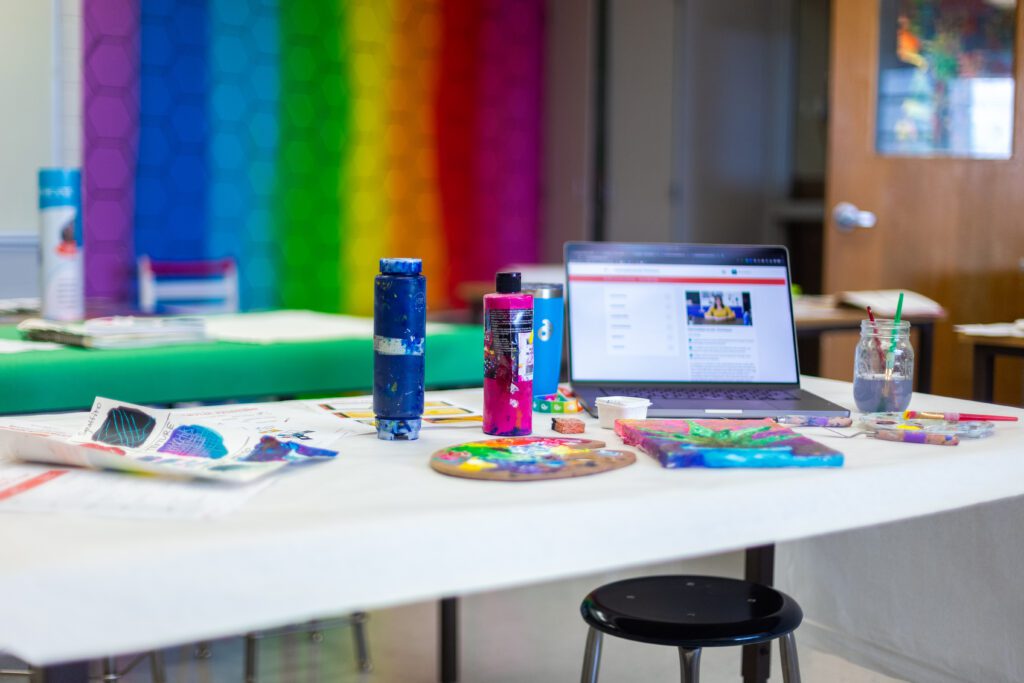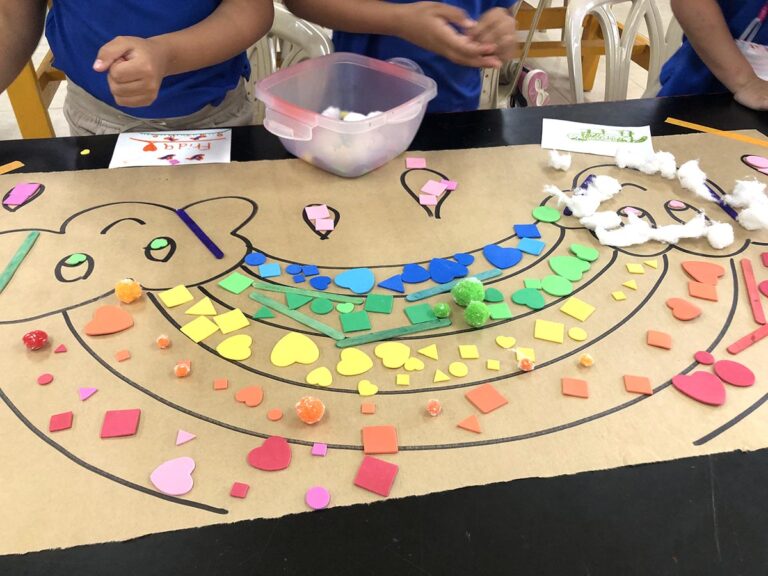I was recently talking with one of my art teacher friends when the topic of absent students came up. Because many of us do not see students every day (or sometimes even every week) dealing with absent students can be tricky.
My friend teaches at an elementary school and shared that she usually doesn’t have students make up work. If a student misses a lesson, they just miss it and jump back in with the class when they return.
I get where she is coming from. When you teach so many students and have to fit in so many projects, sometimes it’s just not possible to let every student make up every project. However, I think that if a student has started a project, he or she should be able to finish it. The trick is letting the student finish without (a) giving up my prep time, (b) having them fall behind the class, or (c) having gazillions of art supplies out at once.
Today I’d like to share three ways that I deal with absent students.

1. Build in a “Finish-Up” Day
Near the end of each semester, I build in a Finish-Up Day for each grade level. Any students that need to work on unfinished projects sit at one table. The rest of the students choose something to work on from the free choice station. This set-up works well because I can work one-on-one with students that need to get caught up, while the other students have a day to choose an art project that best meets their interests.
2. Use students as extra teachers.
If a student misses the first part of the lesson but is back for the second day, I often utilize another student as an “extra teacher for the day.” This student is in charge of getting the absent student caught up on the first part of the project by helping him or her get supplies and reviewing the steps we have already completed. I love this technique because it allows me to give students extra responsibility, while freeing me up to help the other students get started on step two.
3. Find extra time that students can catch up on projects during class.
At the elementary level, I often start with students on the carpet where we may read a book, look at a piece of art or have a discussion. This carpet time usually lasts anywhere from five to fifteen minutes. If I have a student that needs to catch up, I sometimes will ask that student’s classroom teacher to send him or her to the art room five minutes early. The extra few minutes let me get that student started on the project, which he or she can then work on during carpet time. Often, this gives the student enough extra time so that they can jump back in with the rest of us.
Of course there are those times when having a student make up a project is either impossible (gone three weeks to Hawaii) or just not worth it (missed a one-day lesson with a sub). In those situations, I just let it go.
We would love to hear, how do you handle absent students?
How do things work differently at the middle school and high school level?
Magazine articles and podcasts are opinions of professional education contributors and do not necessarily represent the position of the Art of Education University (AOEU) or its academic offerings. Contributors use terms in the way they are most often talked about in the scope of their educational experiences.




